Exploring Cover Crops as a SCN Management Tool
Soybean cyst nematode poses a significant threat to soybean yields, and despite previous management successes, it has adapted to resistance. Researchers, supported by the Illinois Soybean Association, are investigating the potential of cover crops as a tool to mitigate SCN damage.
How Cover Crops Impact Soybean Growth and Development
Researchers around the state are continuing to study and learn about the impact of cover crops on soybean growth and development and grain yield. Read observations from three experts and their assessments from this season and questions they are asking themselves in preparation for the 2024 growing season.
Join the Battle Against SCN: Free Soil Sampling Offered to IL Soybean Farmers
The Illinois Soybean Association (ISA) is calling soybean farmers across the state to join the battle against Soybean Cyst Nematode (SCN) by providing free soil sampling to help track and research the largest yield robber in soybeans. ISA announced the check-off funded testing during October, SCN Awareness Month.
SCN Resistance in Soybean Varieties
Soybean cyst nematode has overcome the PI 88788 resistance, which farmers have relied on for over 30 years. Researchers have identified commercially available soybean varieties with Peking resistance that excel in high SCN pressure areas.
Uncovering the Challenges of SCN Distribution
Distribution is a major challenge in researching and managing soybean cyst nematode. This pest tends to stay close to its original location in the soil, leading to significant variations in egg counts even within a small 6-inch radius.
Prioritizing Funding for SCN Research
How should funding be allocated for soybean cyst nematode (SCN) research? Dr. Mandy Bish, University of Missouri Extension Specialist, and Stephanie Porter, Illinois Soybean Association Outreach Agronomist & CCA, explain how it takes a team to research this pest and how to pursue collaborative efforts with commodity associations, corporations, and universities.
Contribute Your 2023 Soybean Harvest Samples for Quality Survey
Join the 2023 Soybean Quality Survey and send in your harvest sample for free! Dr. Seth Naeve of the University of Minnesota welcomes farmers across the United States to take part. Your individual results will remain confidential and assist in identifying top-quality soybean varieties.
Waterhemp Seed Collections Needed from Illinois Soybean Fields
To better understand the level of resistance to Group 15 herbicides, Dr. Aaron Hager is seeking waterhemp seed collections from Illinois soybean fields. Results will be used to provide farmers with recommendations on how best to incorporate these herbicides into integrated weed management programs.
Reminder: Submit Soybean Samples for Stem Pest Survey
Dr. Nick Seiter and his team will carry out dectes stem borer counts in soybean fields across Illinois this fall. These counts, beginning during the R7-R8 growth stages, aim to gather valuable data on this stem pest and contribute to improved management strategies.
Managing Southern Root Knot Nematode in Illinois Soybean Fields
The Southern root knot nematode presents a substantial risk to soybean yields. In this video, Illinois Soybean Association Soy Envoy, Leo Rocha, discusses symptoms in the field to watch for and shares strategies for control of this pest.

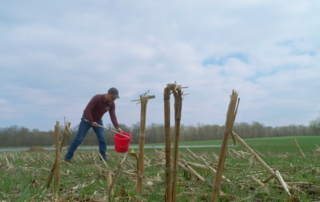
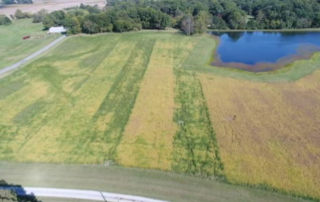




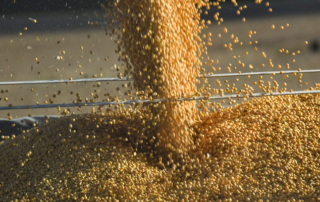
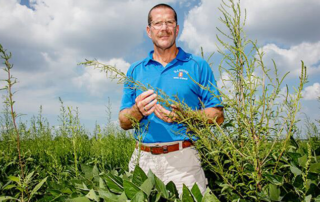
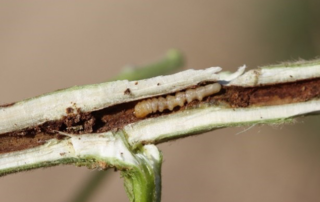
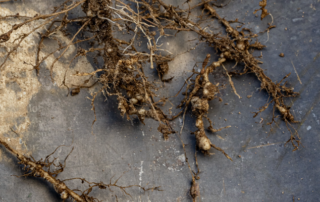

 and then
and then